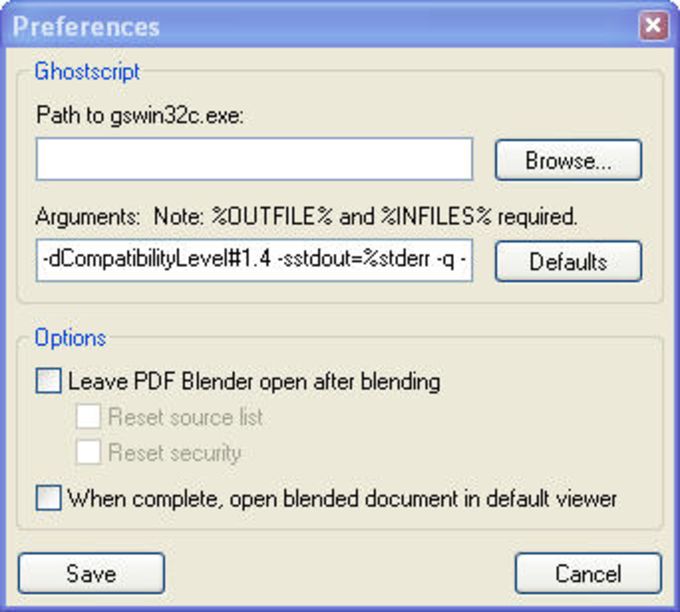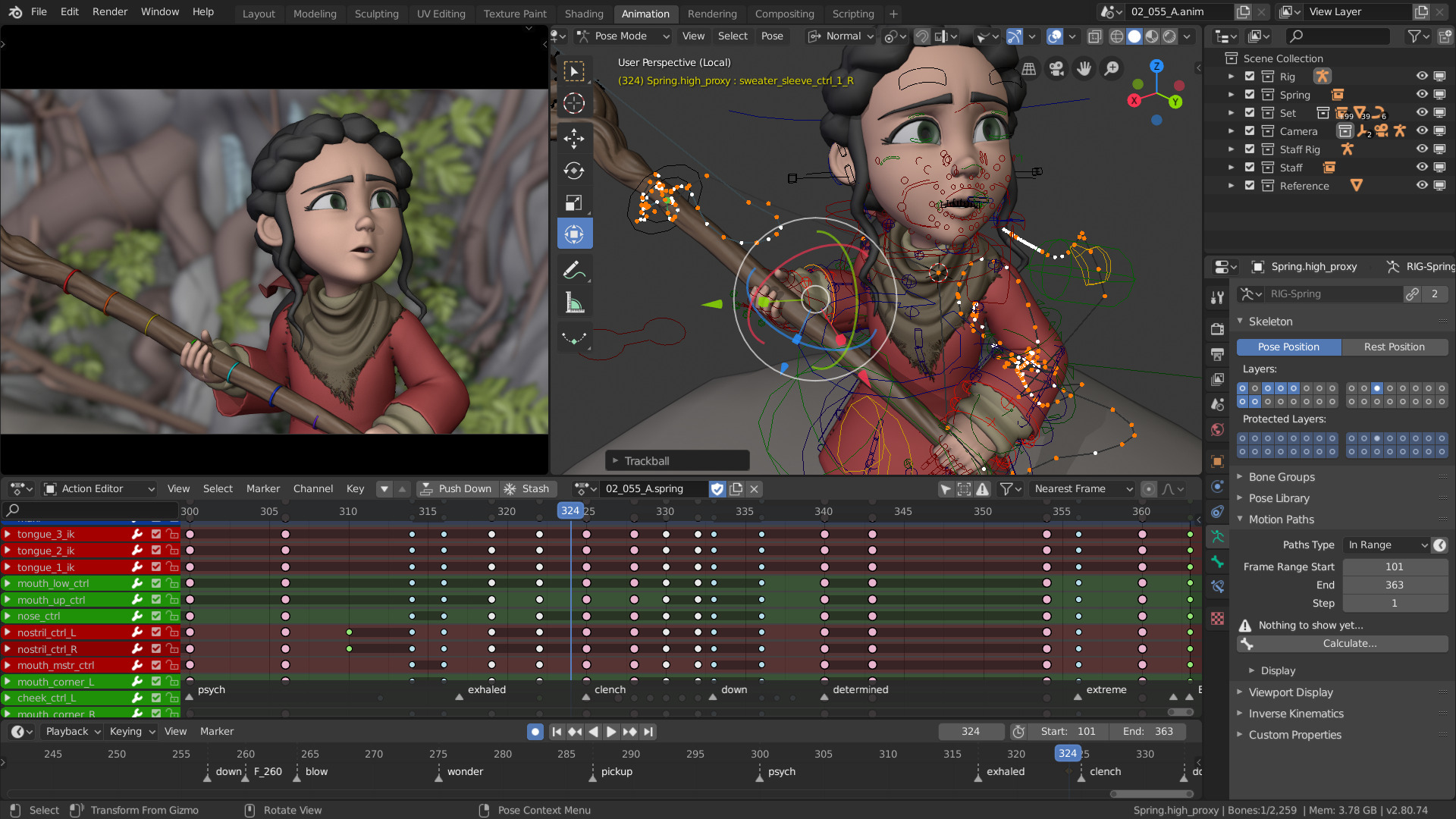
#Blender app how to
How to import your 3D model from Blender to AR-media Studio For larger surfaces, try no to go over resolutions such as 1024×1024 or 2048×2048.įinally, regarding textures file formats, it’s better to rely on compressed formats like JPG or PNG. The displays of mobile devices have usually a side of 2000 pixels and the 3D models you are going to visualize will only take a portion of that space, so remember, it is perfectly fine to use textures with the largest side as small as 512 pixels (or even smaller) to still get a very good result in terms of visualization.įurthermore, when the 3D surfaces are very small we strongly suggest you to use smaller texture size, from 32×32 up to 256×256. Managing Textures, Materials and colors of your 3D Talking about the number of vertices, try to keep the complexity low, so that your contents will play smoothly even on mid-range mobile devices. When dealing with projects that only have one model inside, the file size can even be larger, but remember that a 3D model file size is directly proportional to the number of vertices and to the number and size of textures of the model itself. You should try to keep the 3D model size below 10MB especially when dealing with projects that include more than just a single 3D experience. How to manage Polygons in Blender for smooth AR experiences Verify the up axis option, possible values are typically Y-up or Z-up, if your model looks rotated on its side then try the other option and export again.Use the latest version of the FBX exporter among the ones available.Choose to embed animations (in case of animated models).Choose to embed the textures into the 3D model.When exporting your FBX 3D model from Blender make sure to respect the following parameters:


#Blender app software
FBX file format was created by Autodesk and is available, as an export option, in the most popular 3D content creation software like Autodesk 3ds Max, Autodesk Maya, Maxon Cinema4D, Trimble SketchUp, Blender and more.
#Blender app zip file
You can decide to use a single FBX file or ZIP file containing a the FBX model and a folder with the textures. To start with, the supported 3D assets should comply with the following requirements: Which 3D File Format for Augmented Reality With Blender users can work on their 3D model, be it static or animated, and correctly set all the parameters that make a model suitable for mobiles, that typically include appropriate polygon count, textures optimization and specific file formats.īy following the guidelines in this article you?ll be able to design and export a 3D model that can be used smoothly in an AR app, both for iOS and Android.
#Blender app free
Blender is one of them and being a free software makes it a popular option also for creatives that don?t want to invest on more expensive alternatives. Create a project and visualize your 3D model into the AR appĪny 3D modeling software provides the tools to properly design and export 3D models to be used inside Augmented Reality experiences for mobile applications.How to import your 3D model from Blender to AR-media Studio.Managing Textures, Materials and colors of your 3D.How to manage polygons in Blender for smooth AR experiences.Which 3D File Format for Augmented Reality.The purpose of this tutorial is to guide you through the process of preparing 3D models properly on Blender, in order to use them inside AR-media Player, the reference Augmented Reality app of the AR-media Studio web application.

According to the official Blender Foundation data, only in 2020 it was downloaded 14 million times from the official website.īeing a high quality free alternative to other popular solutions, it is far more widespread than 3ds Max, Maya, Cinema 4D and Sketchup. Blender is the most popular 3D modeling software as of 2021.


 0 kommentar(er)
0 kommentar(er)
